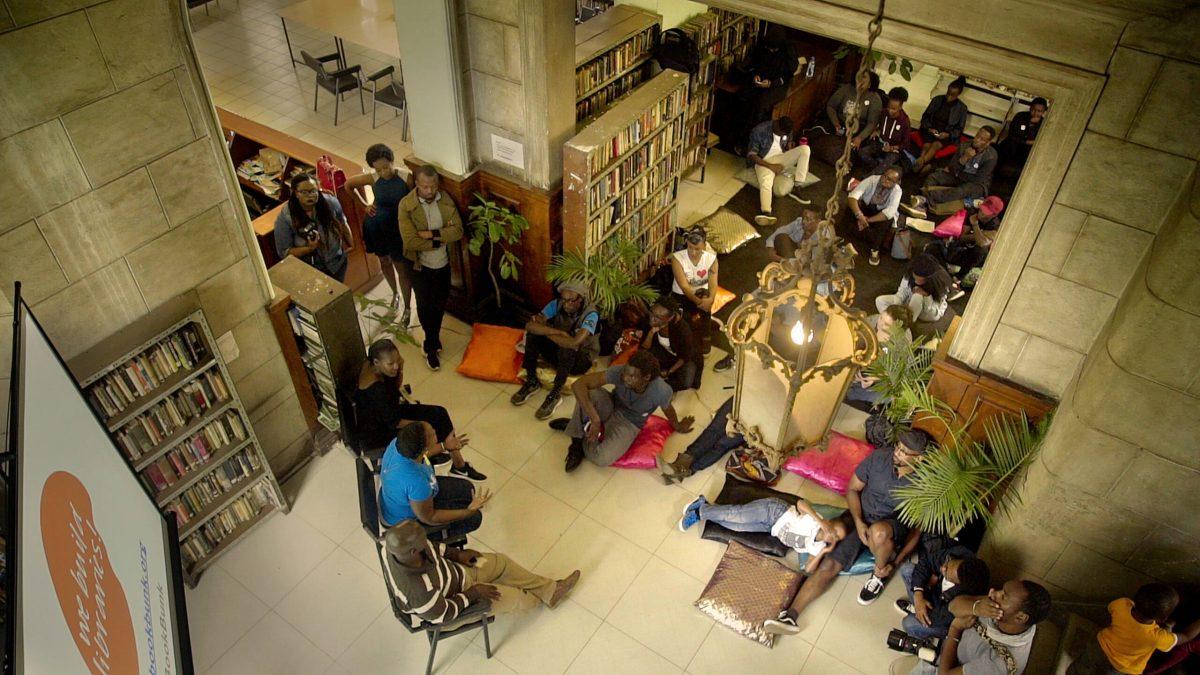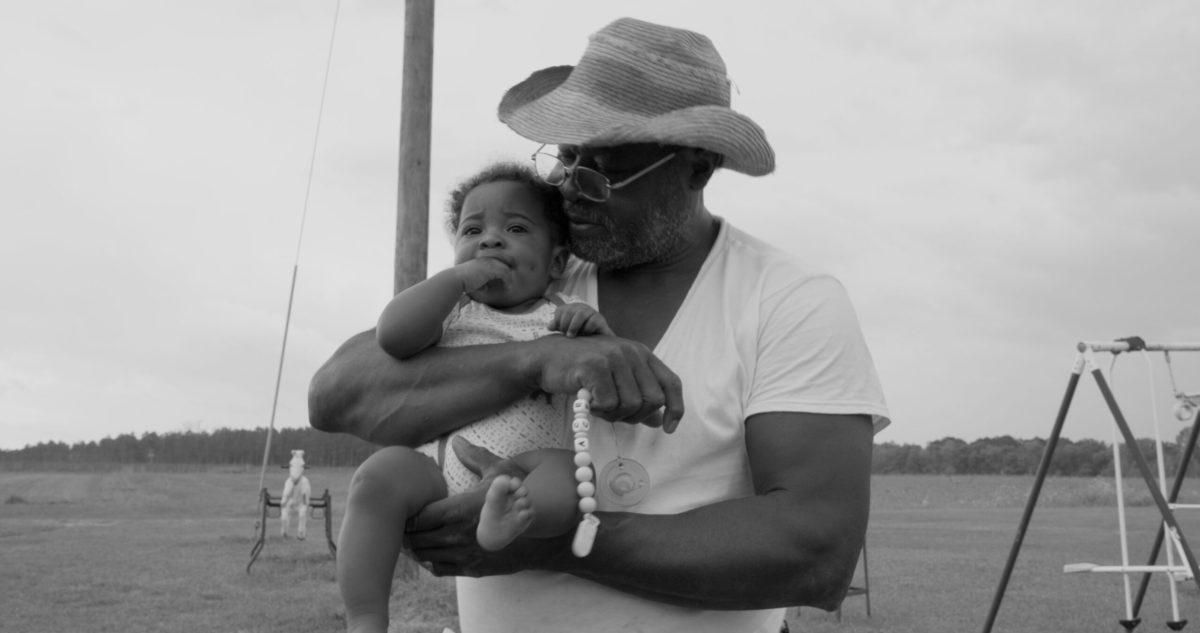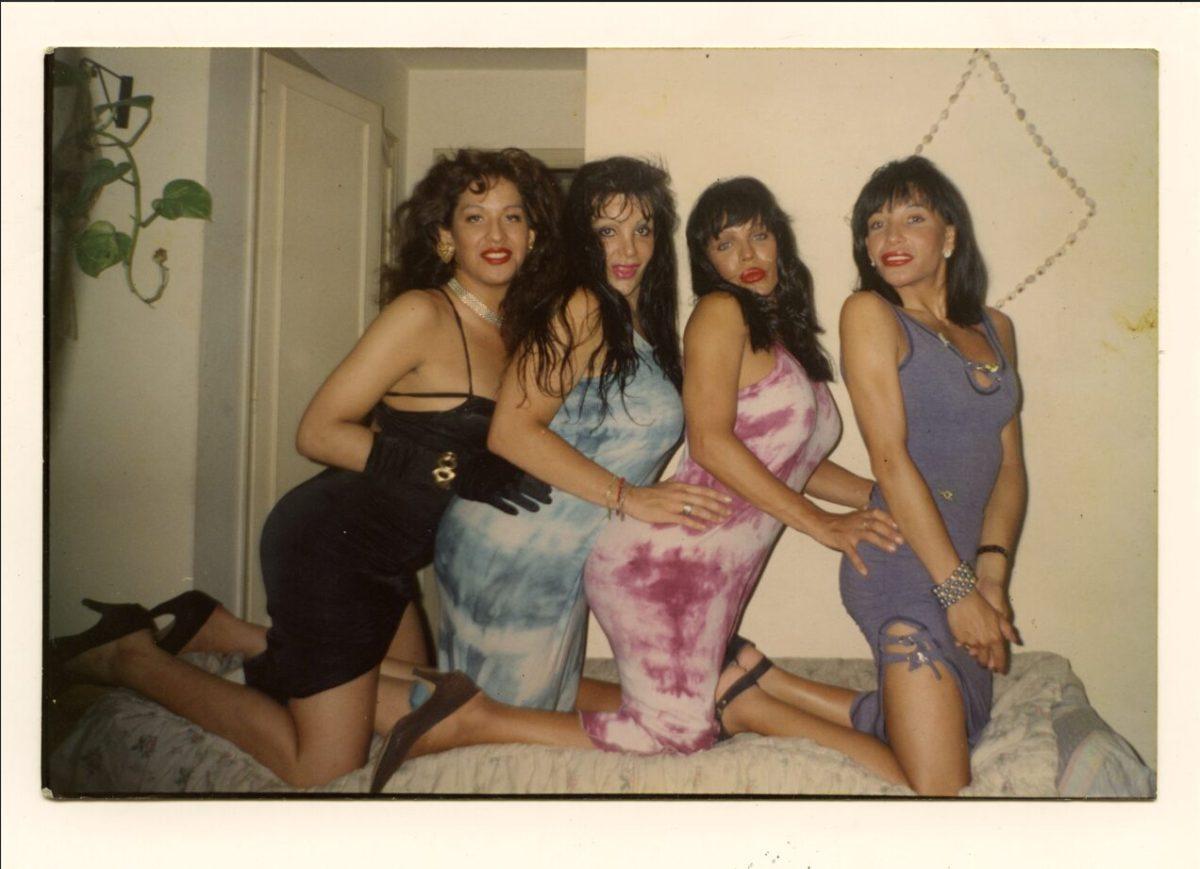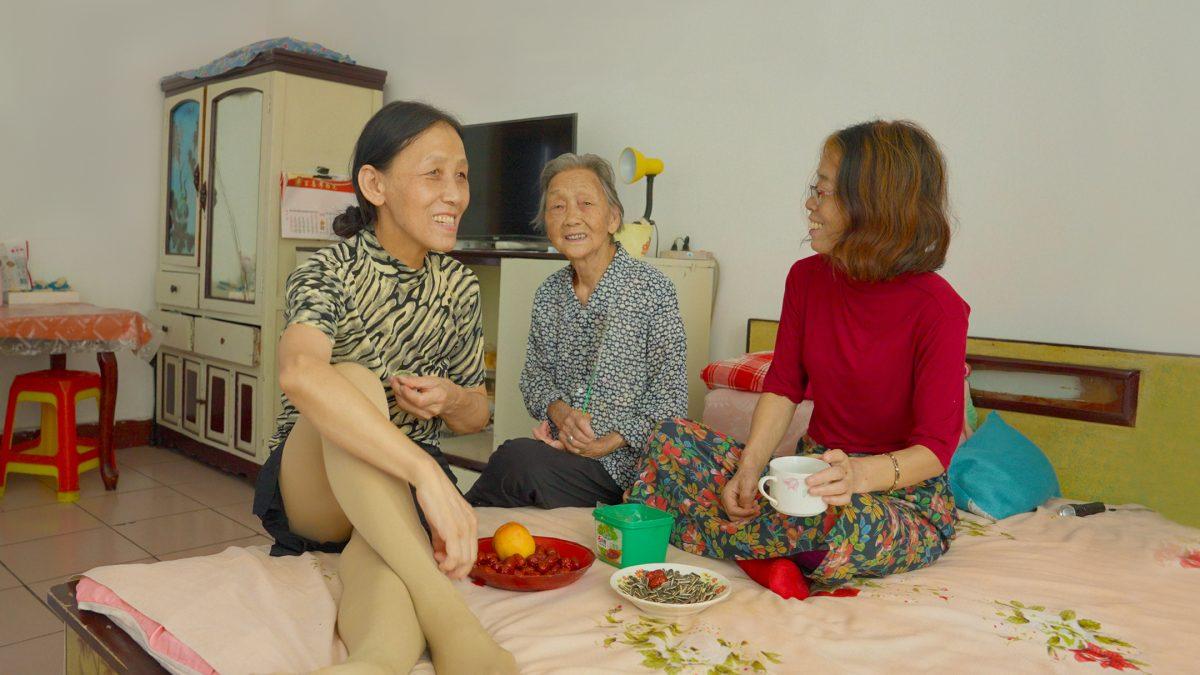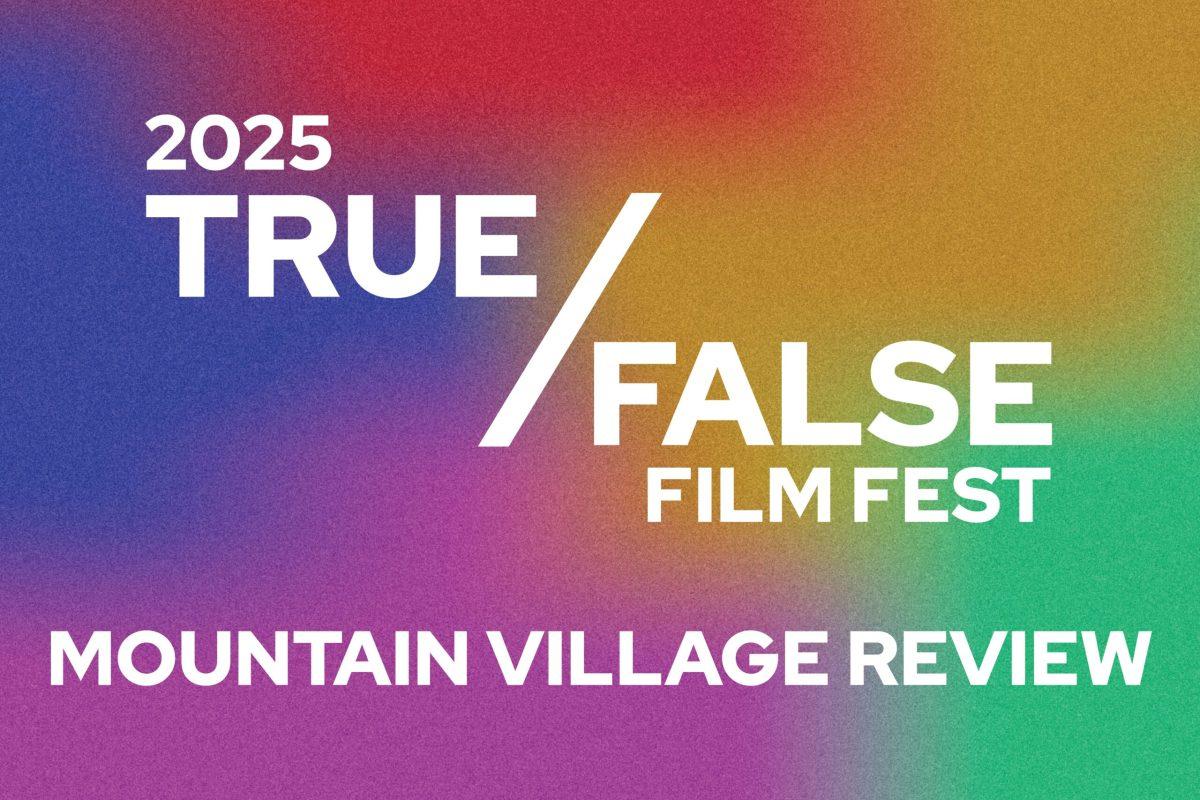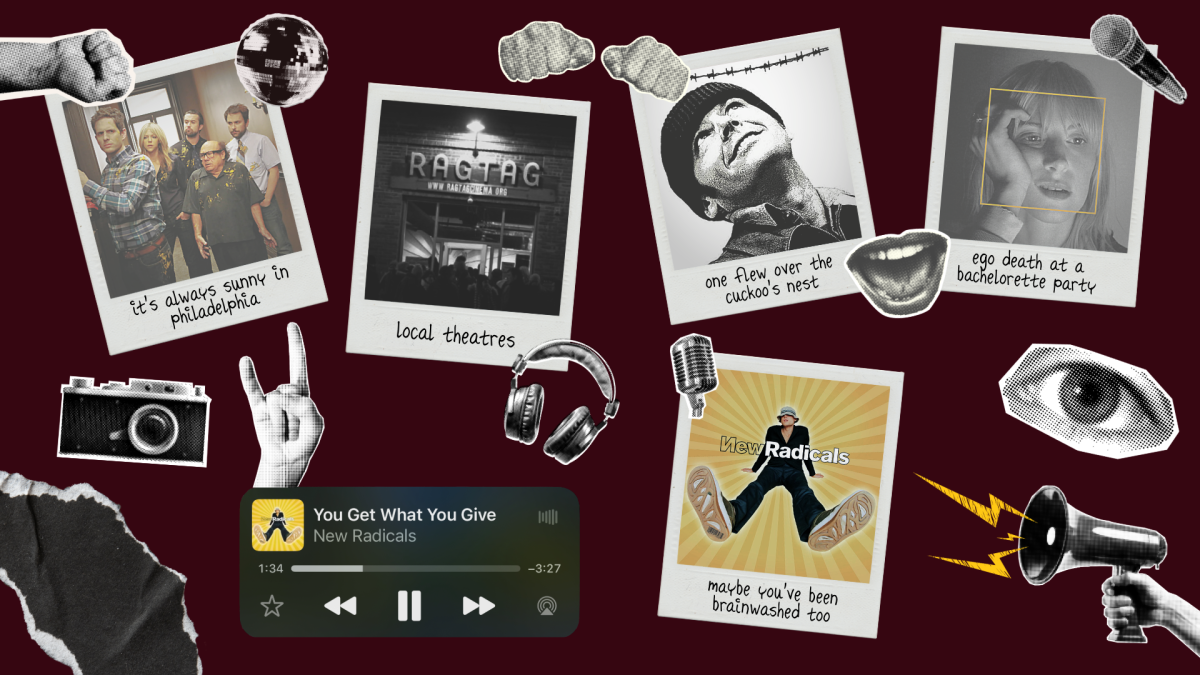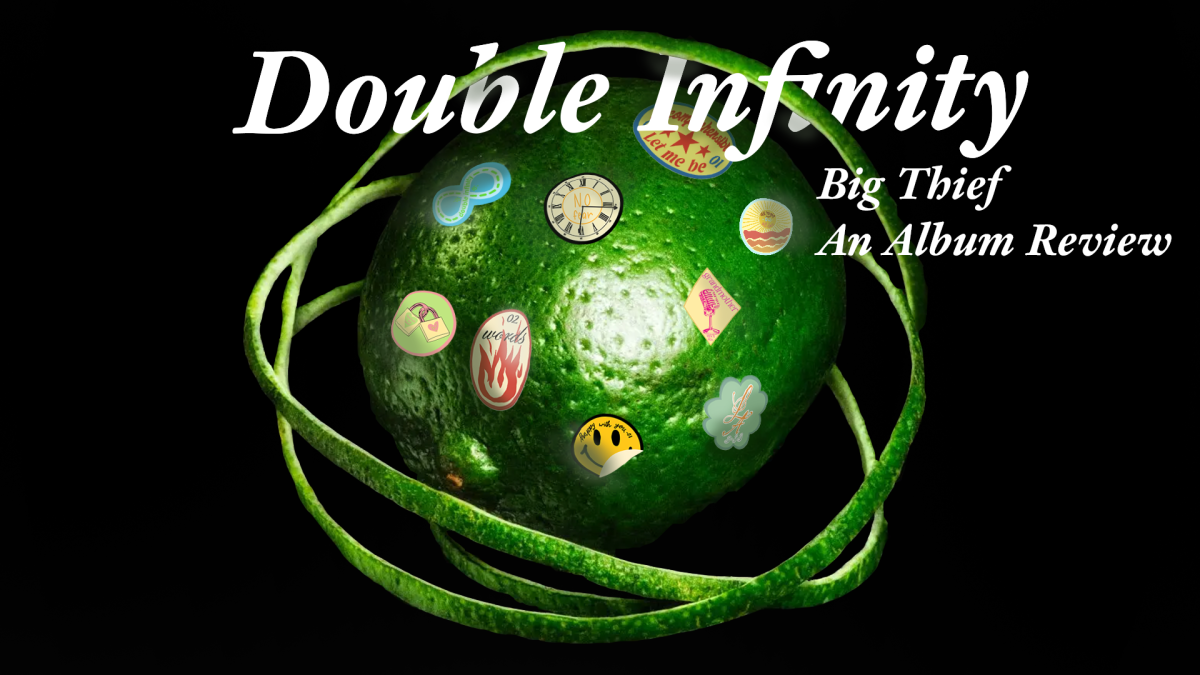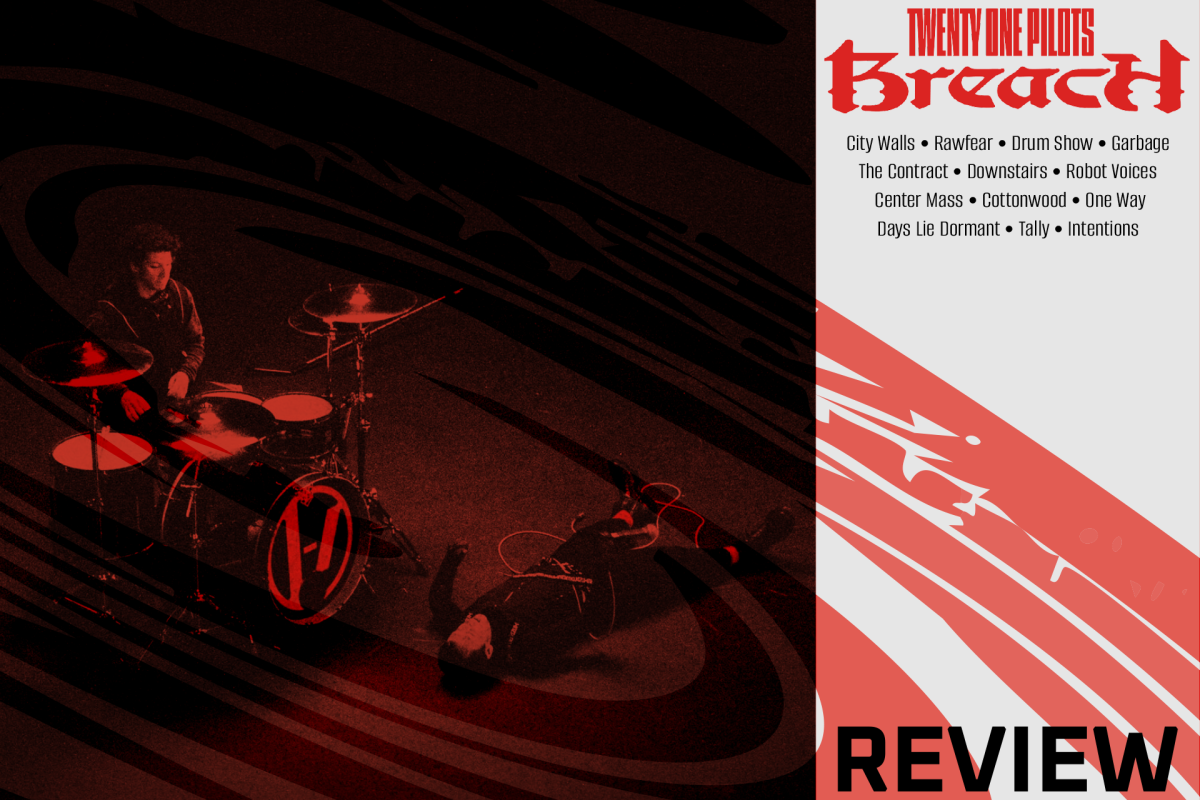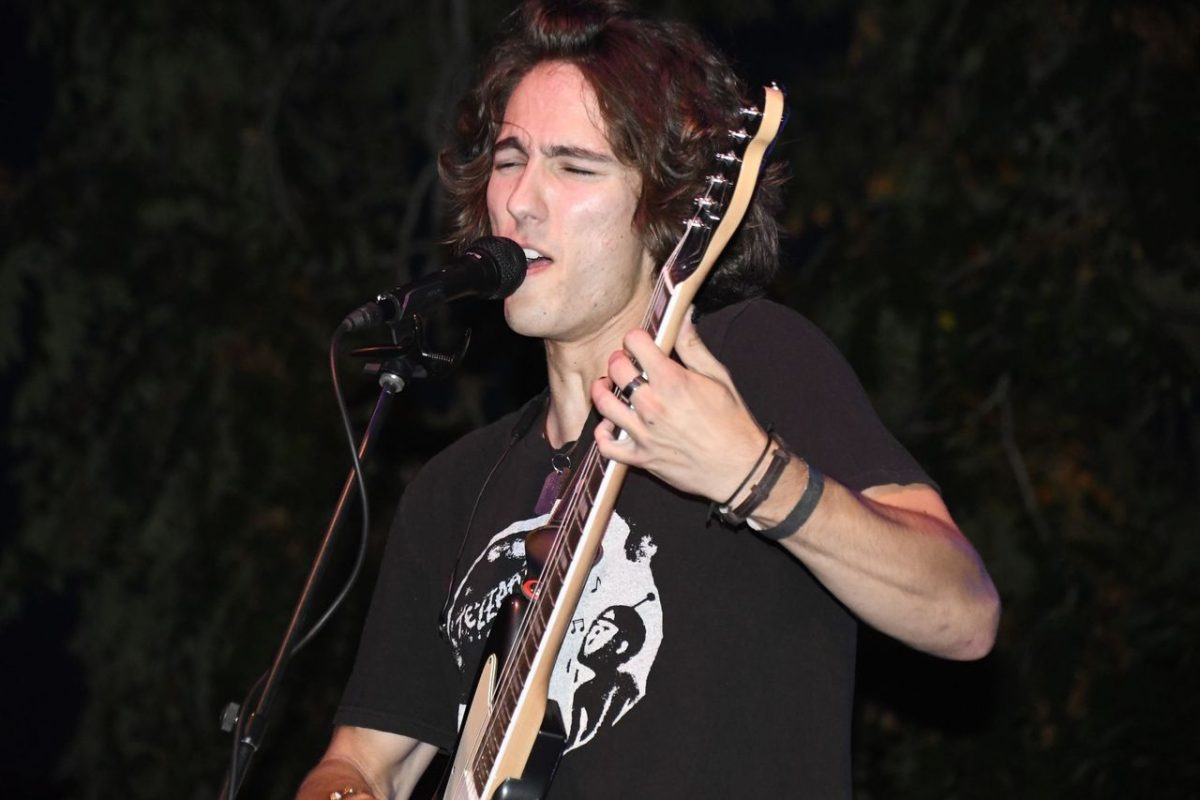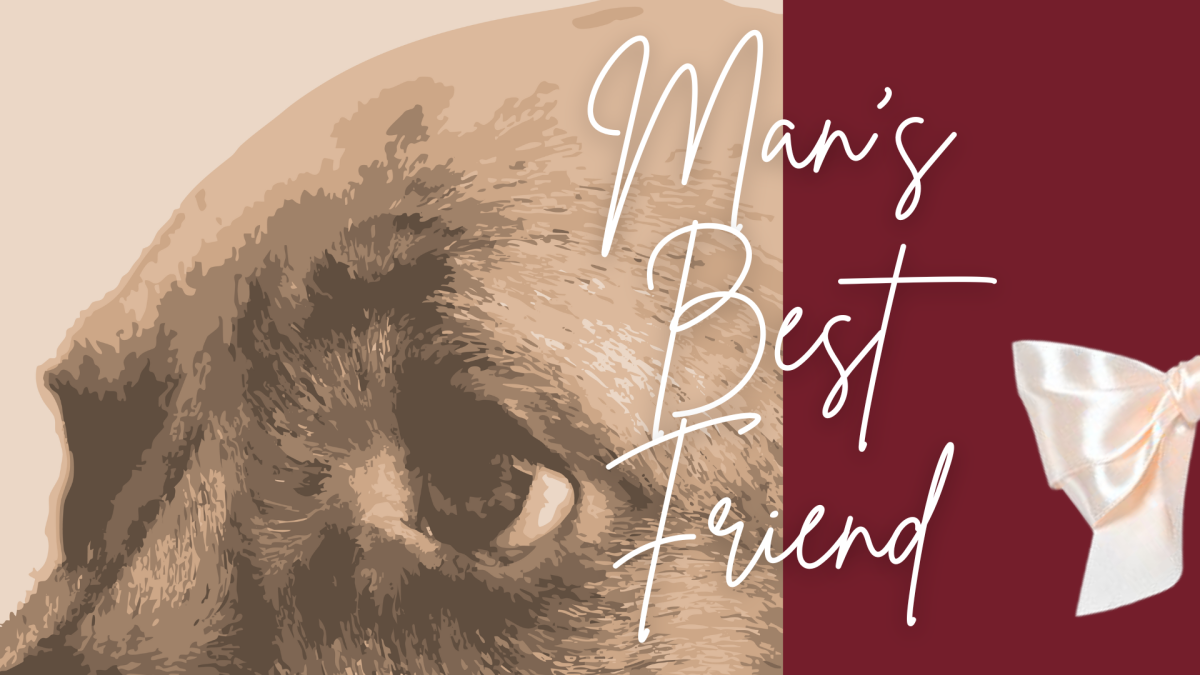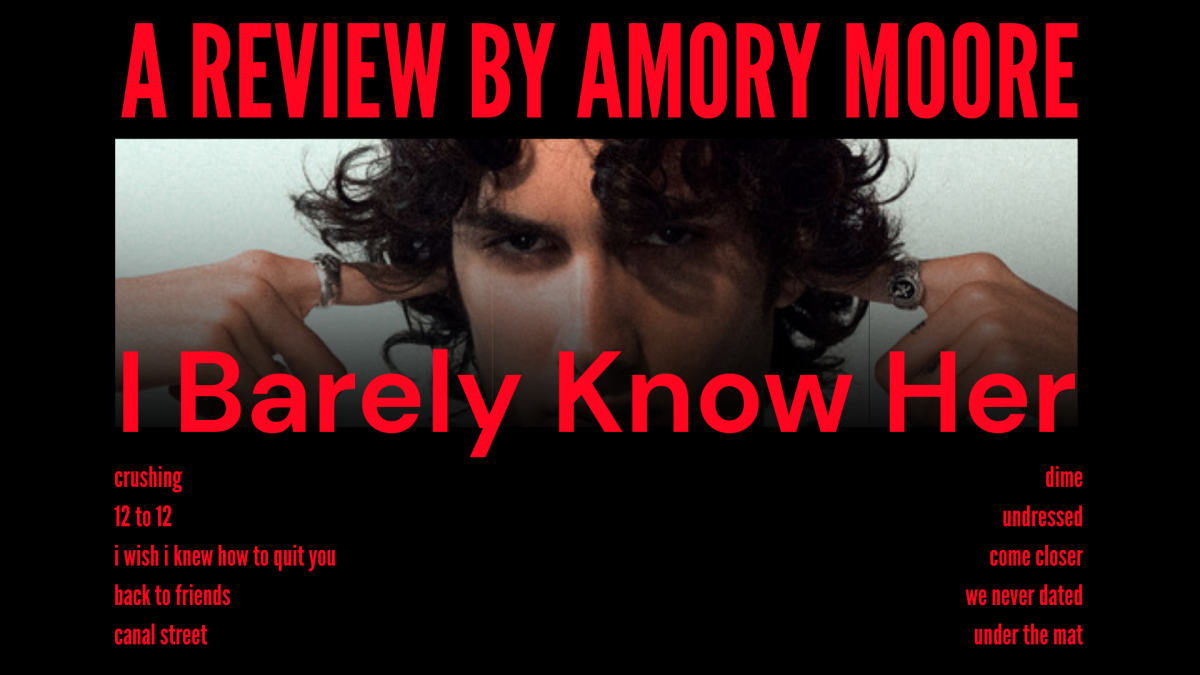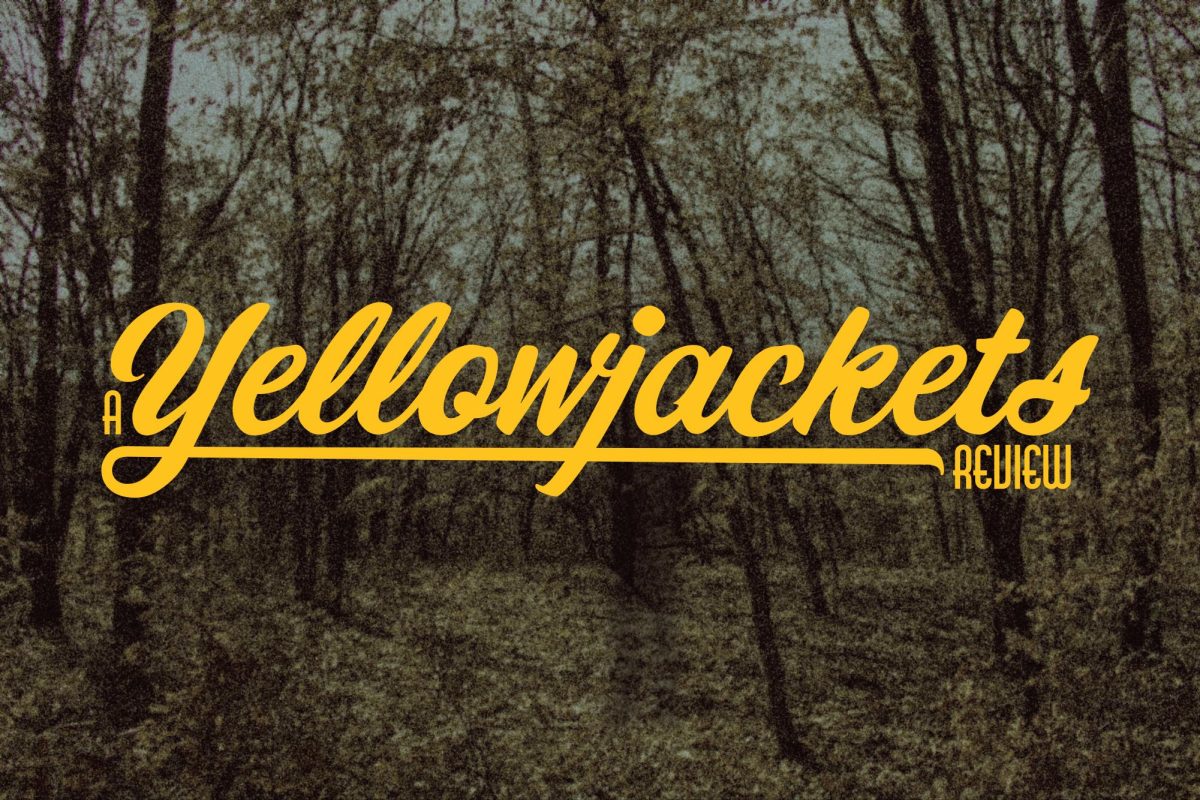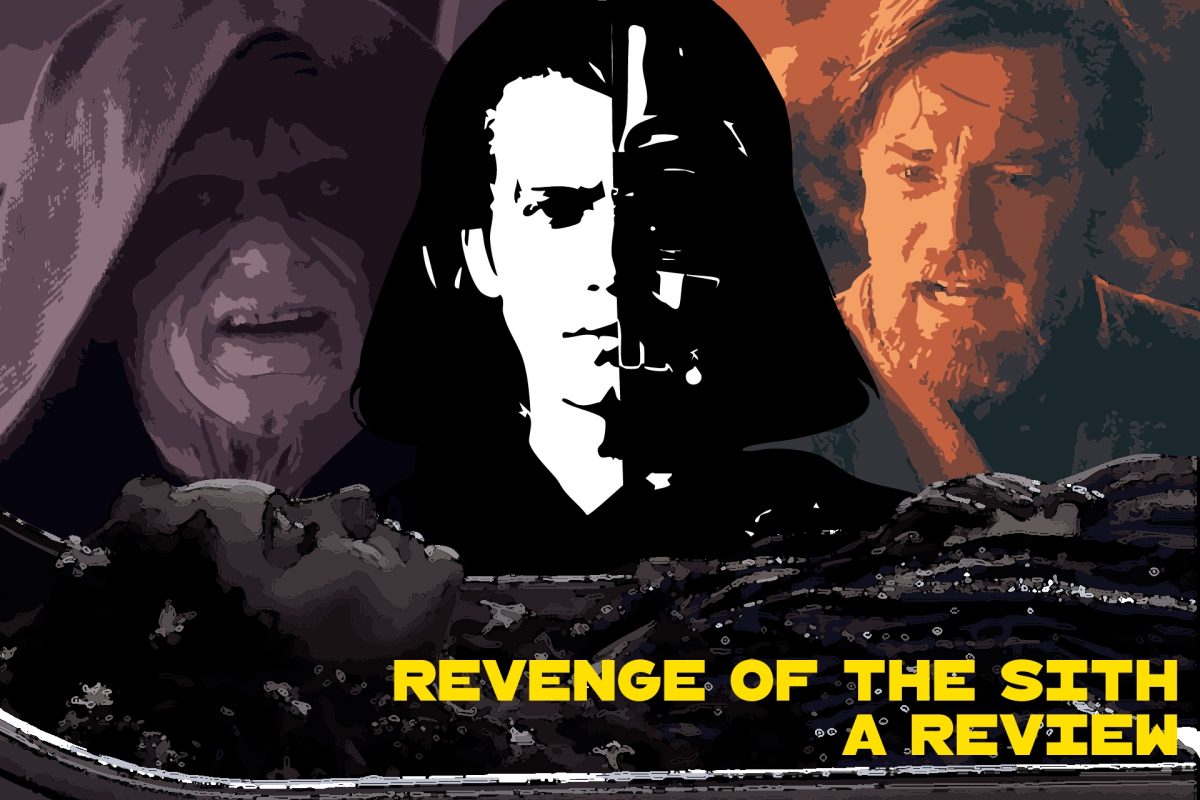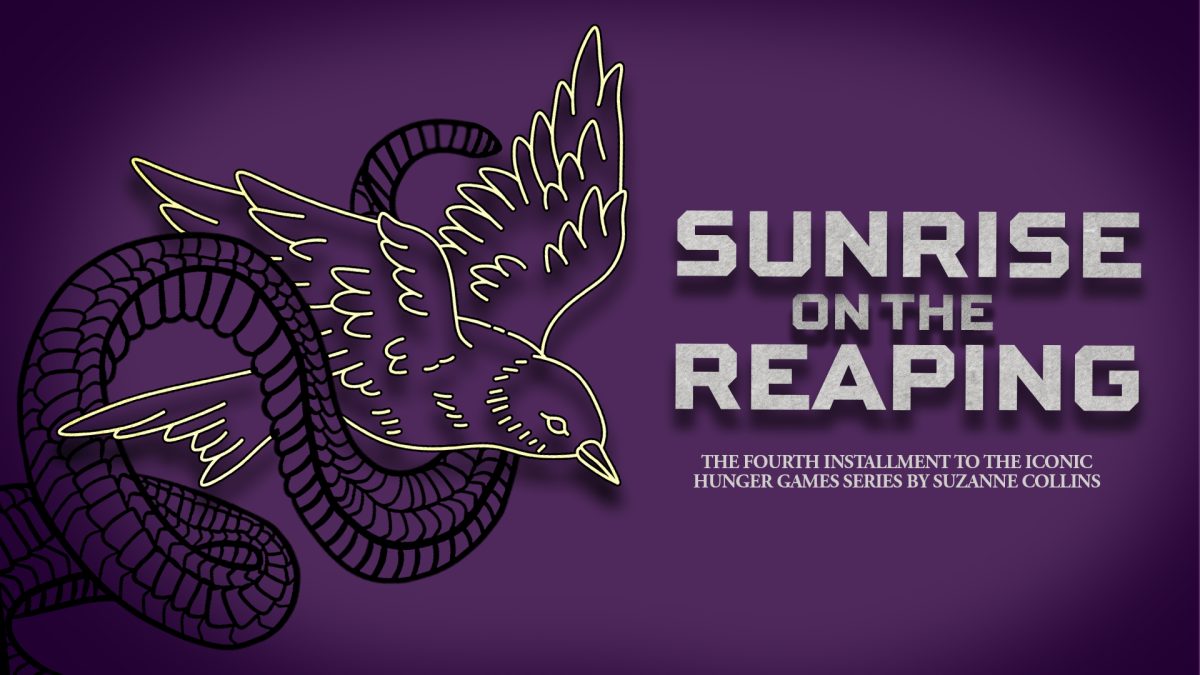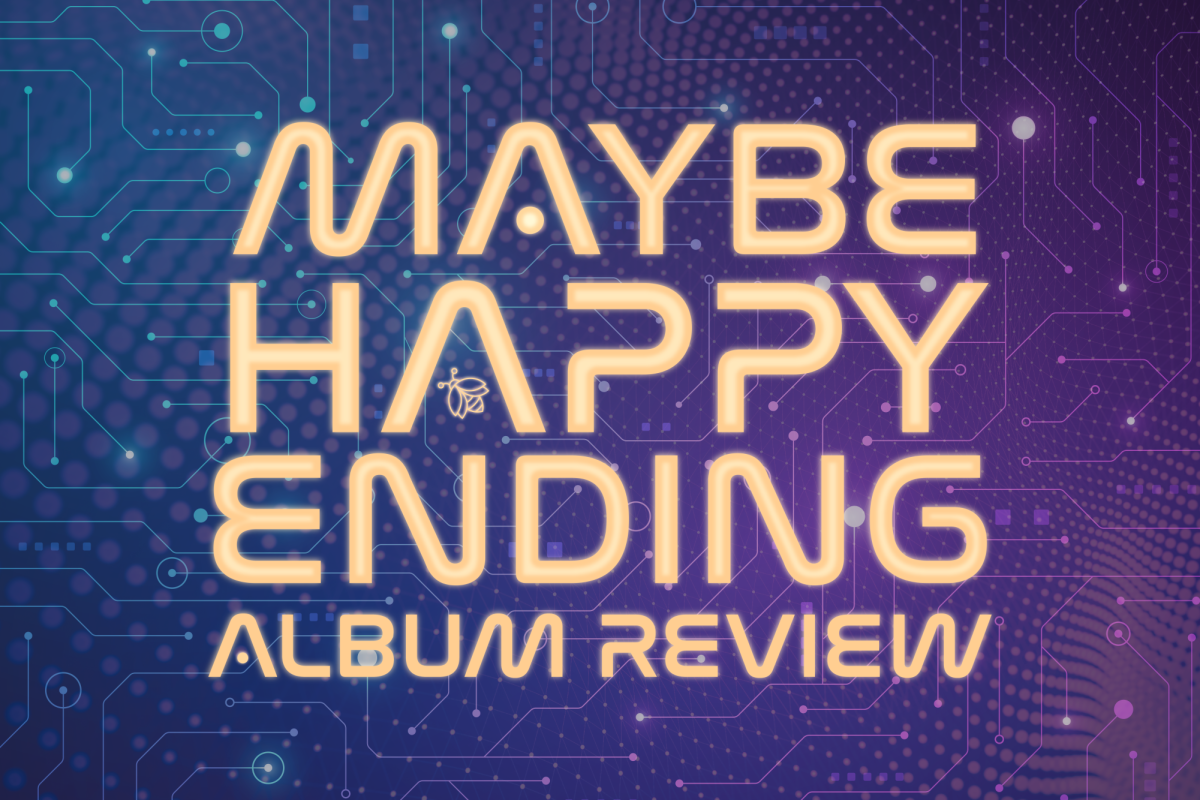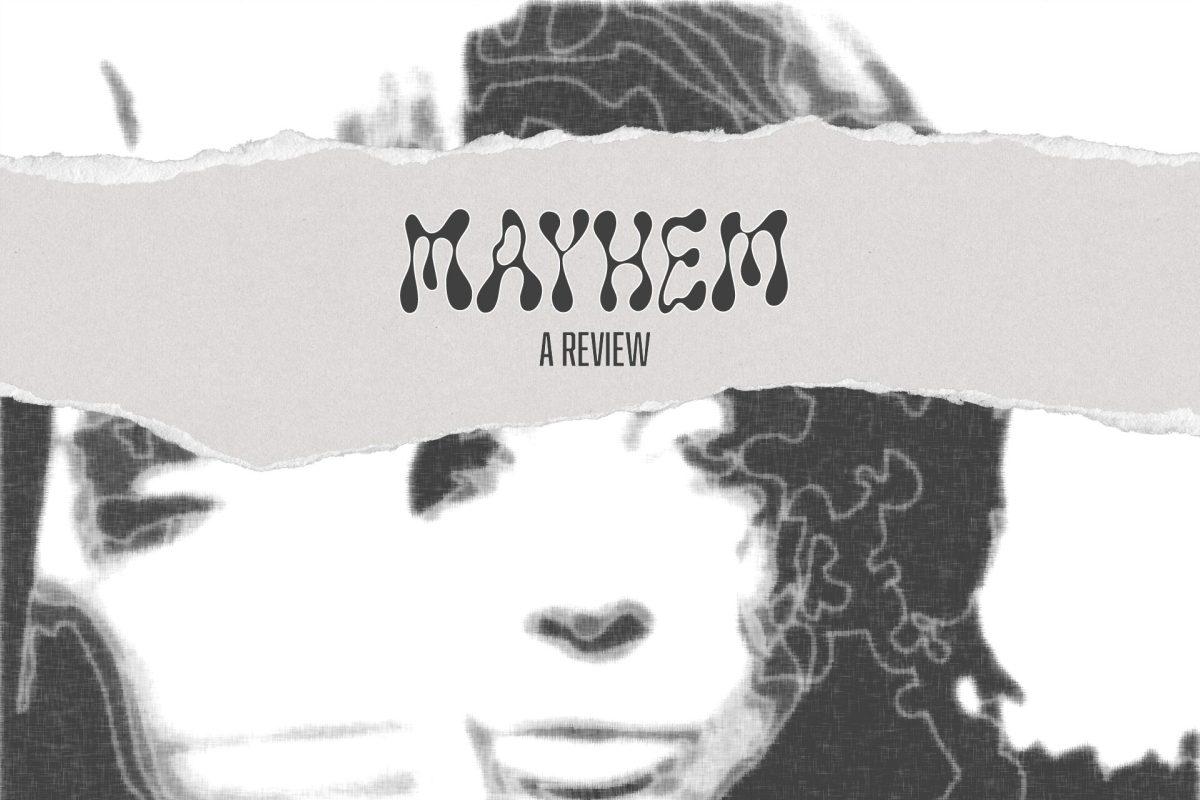Directors Maia Lekow and Chrisopher King tell the enthralling story of two best friends rebuilding a library with the goal of reclaiming their nation’s history
“How to Build a Library,” directed by husband-and-wife duo Maia Lekow and Christopher King is a compelling film that highlights the importance of public institutions in preserving a nation’s culture and history. It explores the fight against colonization, while acknowledging the challenges and complexities this process can entail. The documentary conveys this complex message through humor, engaging visuals and audio that vibrated through the floor of the Missouri Theatre.
“How to Build a Library” made its second U.S. appearance at the True/False Film Fest. The film’s first appearance was at the Sundance Film Festival in January.
The film’s best friends Shiro and Wachuka and Book Bunk, their organization focused on restoring the neglected McMillan Memorial Library in Nairobi, Kenya, as well as two branches of this library, the Eastlands Library in Makadara and the Kaloleni Library in Kaloleni.
The documentary explores the tribulations in financing their project, pushback from local librarians and the lack of government support, as well as a rift in Shiro and Wachuka’s own friendship.
The pair’s work to reclaim a once white-only library as a celebration of Black authors and Kenyan history is a wake-up call to viewers. The film portrays a warning that Kenyan culture is vanishing in the face of persistent colonization, urging audiences to spread awareness and support towards the historical preservation of all cultures.
In the face of continued colonization and absence of funding and support from the government, Shiro and Wachuka strive to rebuild these libraries to places visitors see themselves represented in, highlighting Kenyan culture in the books that line the shelves of these three public institutions. However, Lekow and King do not neglect the complexity that comes with the efforts to decolonize the libraries while majorly relying on British funding to bring this goal to fruition.
Funding is a consistent conflict woven throughout the documentary and eventually puts the final reconstruction of the McMillan Library on hold. With the Eastlands and Kaloleni libraries finished and in use, Shiro and Wachuka anticipate construction on the McMillan Library to continue this year, but are still awaiting signatures needed to continue their project.
“The strength of these two women has been so inspiring,” Lekow said in an interview after the film’s second showing.
“How to Build a Library” is an eye-opening film that illustrates the importance of keeping culture alive, especially in the face of colonization. The story of Shiro and Wachuka and their continued work on the McMillan Library urged the audience to join the fight to preserve history and keep diverse cultures alive for future generations.
As an avid bookworm myself, I also appreciate the light this film shines on the importance of libraries as a place of community, resources and knowledge. By interviewing local users of these Kenyan libraries, the audience is reminded of the benefits public libraries provide to community members, children, students and adults alike. As we move towards the future, it never hurts to be reminded of the power that comes from reading, and all that we can learn from examining the past.
“[Libraries] are places where you can escape, places where you can find peace,” Lekow said.
The film shows the clear passion Shiro and Wachuka have to honor and uplift Kenyan culture, so that it may continue to be celebrated throughout the country. The story of the McMillan Library weaves a captivating narrative, one that will stick with me as an essential reminder to continue to cherish history and never forget the joy of a good book.
“How to Build a Library” has not screened in Kenya yet, and is set to premiere there in October.
You can keep up with The Maneater’s 2025 True/False Film Fest coverage here.
Edited by Faith Jacoby | [email protected]
Edited by Annie Goodykoontz | [email protected]
Edited by Emily Skidmore | [email protected]


